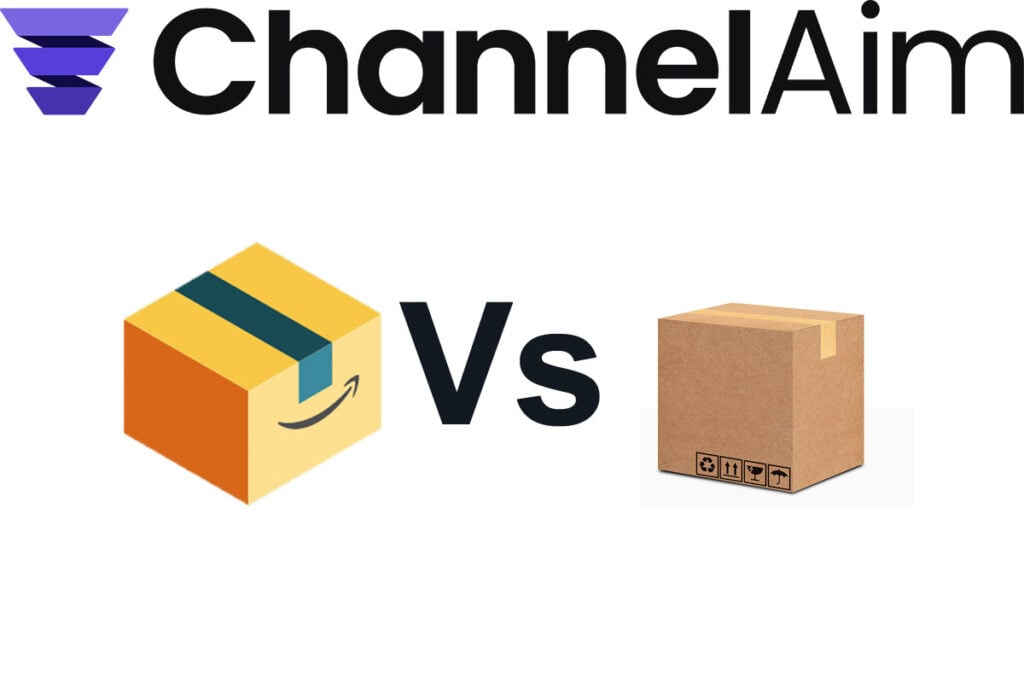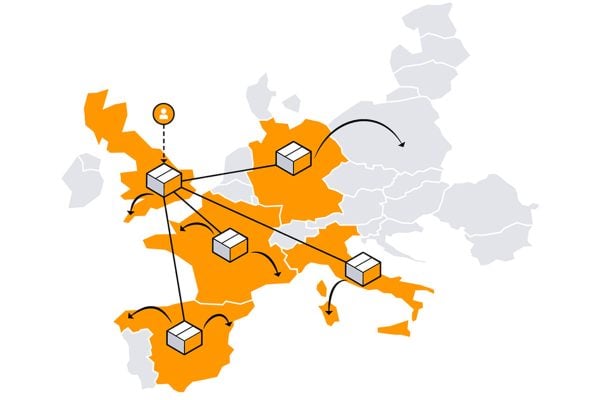
Today, Jonas Petters, Co-founder & Business development manager at Channel Aim, shares key learnings from working with a client after switching to a 3PL from FBA for Amazon order fulfilment.
Switching fulfilment providers can be a game-changer, saving you thousands or even hundreds of thousands of dollars. However, there are risks involved that can disrupt operations and lead to unforeseen costs.
Following we share valuable insights we at Channel Aim have gained while assisting our clients in transitioning from Amazon FBA (fulfillment by Amazon) to 3PL. Unveiling the hidden challenges that lie ahead and sharing effective tips to conquer them.
Lesson#1 – Efficiently Selecting the Right 3PL supplier: Minimizing Time Waste.
Supplier onboarding and contractual agreements can be time-consuming and vary between companies. Our client encountered strict internal supplier onboarding rules, and if not properly considered, the selection of 3PL candidates could have led to a situation where many potential candidates failed to meet compliance requirements despite their initial appeal.
Tips:
- Check if the 3PL supplier meets your criteria.
- Communicate your onboarding requirements and ask about their ability to comply with your critical requirements for the suppliers. Avoid wasted discussions with non-compliant suppliers.
Lesson #2 – 3PL System: Flawless demo, yet…
Connecting the 3PL system to your eCommerce channels might be anything but a plug-and-play adventure. While the initial demo showcasing seamless order flow from your e-commerce channel to the 3PL for processing may have appeared promising and straightforward, the truth was far more complex.
Tips:
- Check if the 3PL system supports the marketplace countries your business needs, as it might have limitations.
- Test thoroughly: Don’t assume seamless performance for all flows in your 3PL system. Ensure it handles regular orders, cancellations, and bundled orders efficiently.
- Managing SKU setup can be challenging, especially when using different SKU numbers for the same product across various channels. It’s important to note that 3PL systems might have difficulty distinguishing SKU numbers based on different channels. To ensure a smooth integration with 3PL systems, it is advisable to standardize SKU numbers across all e-commerce channels before connecting them.
Lesson #3 – Costly Consequences of 3PL System Failure.
Although your e-commerce channel and the 3PL system are connected, synchronization failures may still occur, leading to out-of-stock items and impacting sales and order fulfillment, resulting in financial losses. We encountered a synchronization issue during the testing phase, which took 3PL team a week to resolve.
Tips:
- Ensure that the vendor is capable of prompt resolution of synchronization issues between the 3PL and e-commerce systems.
- Include a compensation mechanism in the contract to account for situations where your company is unable to fulfill orders due to technical failures on the 3PL system’s side.
Lesson #4 – Prepare to ride a wave of customer requests.
Prepare for a surge in buyer interactions. Your team will now handle the customer requests that were previously managed by Amazon fulfillment. Depending on the volume and quality of your products, expect a potentially high number of buyer messages.
Tips:
- If not outsourced to a 3PL, your team is responsible for order cancellations, refunds, and clarifying shipping statuses. Allocate resources and establish a defined process for managing customer inquiries.
- Prioritize adherence to Amazon’s A-Z guarantees to avoid the risk of suspension caused by issues like delayed refunds or replacements.
Lesson #5 – Shipping cost per unit is not everything.
Switching fulfillment types has hidden cost-benefit considerations. Moving from Amazon FBA to a new 3PL provider brings new aspects like vendor relationship management, reporting, system issue resolution, and different approaches requiring additional resources.
Tips:
- To maximize cost benefits when opting for a switch to 3PL, conduct a comprehensive assessment of all potential operational hurdles that may arise.
Transitioning from Amazon fulfillment to 3PL can be a highly compelling move due to its potential to reduce fulfillment costs per unit and provide greater freedom from Amazon’s stringent policies. However, unlike the seamless plug & play experience of Amazon’s FBA, switching to 3PL demands thorough involvement in evaluating all aspects to ensure complete preparedness for fulfilling your e-commerce orders through a 3PL supplier.









